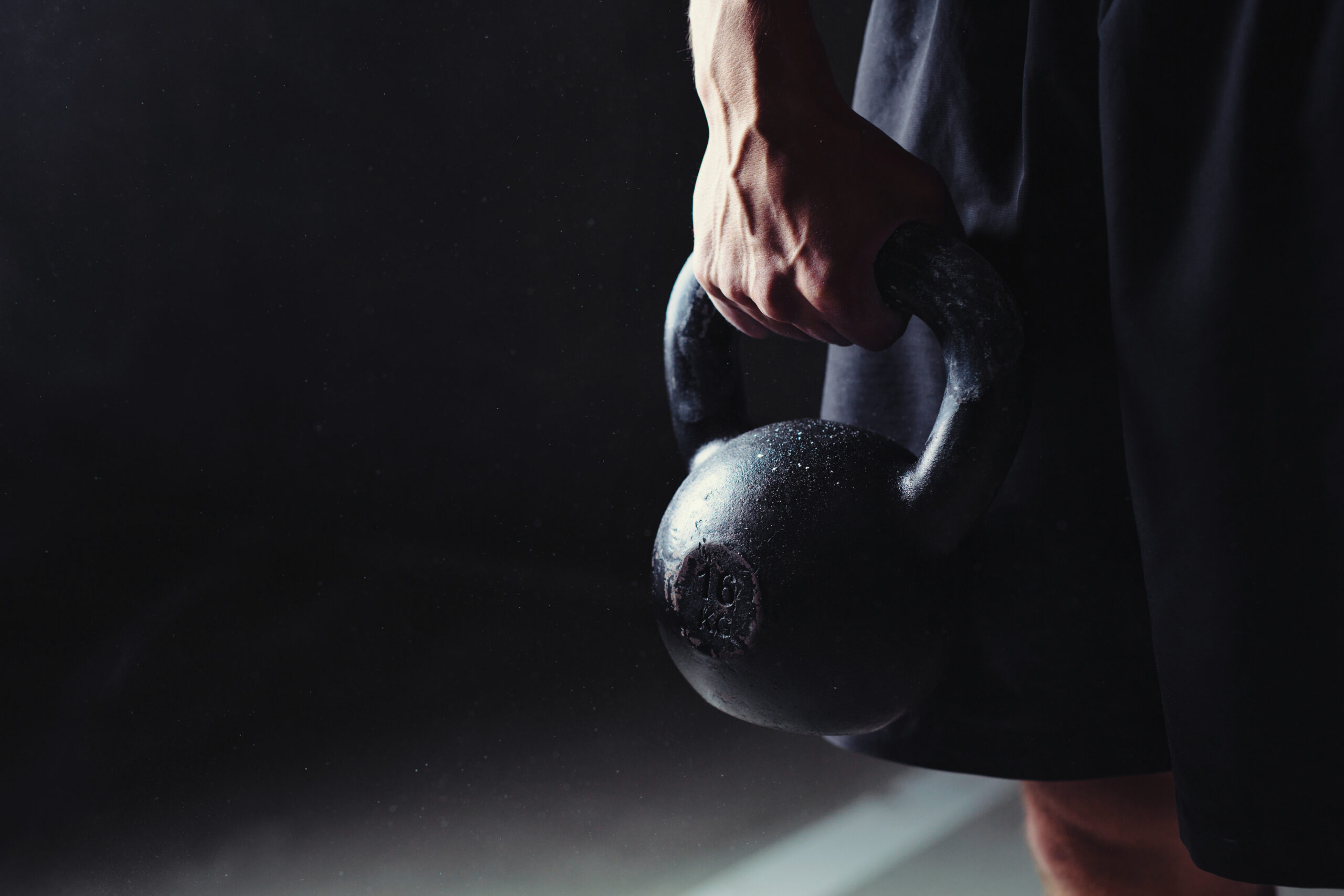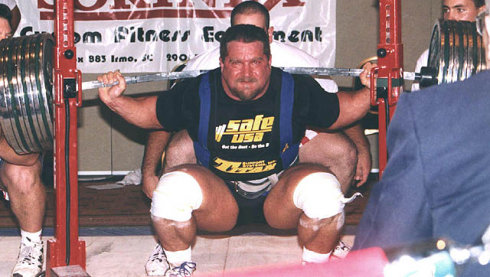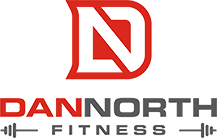
6 Exercises Your Program Should Have
You’d be out of luck finding the “best exercise” that holds true to it’s name, simply because it doesn’t exist. But…
While there are no one-size-fits-all solutions in training, there are certain exercises you should favour in your program.
These six exercises, when performed optimally, are the foundation of an effective strength training program. They are the tried and true methods that have been proven to help elite athletes to desktop warriors build ridiculous strength and long-lasting muscle. And they will help you do the same.
1. Carry
Have you ever done a heavy ass farmer carry? You should.
I’ll usually include at least one carry variation in most of my clients’ programs. Here’s why:
- Grip strength. Grip strength is super important and tends to be overlooked. The fact of the matter is, the stronger your grip is, the stronger you’re going to be. Period.
- Core. Holding heavy ass weights and walking with them is a great way to train your core to do what it’s meant to do: stabilize your spine while you’re moving. To add icing to the cake (i.e. make carries suck even more), you can do offset carries (hold two different weights in each hand). This will add an anti-rotational/anti-lateral flexion component to the carry.
- Conditioning. Carries are conditioning. Don’t believe me? Try walking with half your bodyweight in each hand for 60 sec then come talk to me. If you can catch your breath.
- Grit. There’s nothing like walking with the weight of the world bringing you down to build some good ol’ fashion grit.
How often should you do carries? Usually once per week is plenty (sometimes twice depending on your training history/goals).
When is the best time to do carries? I like to do them after deadlifts or chin-ups. Your grip is already working hard during these exercises, so they’re good “primers” before moving on to farmer carries.
Note: I wouldn’t do carries the day before deadlifts or chin-ups. Your grip will be shot. You’ll need more recovery between these grip-intensive lifts.
2. Lunge/Split Squat
Most people don’t do nearly enough single leg work, which is a shame since most athletic/”functional” movements are performed on one leg (running, walking, going upstairs, kicking, jumping).

I’ve spoken about this almost ad nauseum at this point, but the importance of single leg training can’t be understated. Here’s why:
- Imbalances. Single leg exercises allow you to work on your imbalances. You can use single leg movements to bridge the gap between your leg’s strength discrepancies.
- Spinal integrity. The common weak point during squats and deadlifts is the lower back. Single leg movements such as lunges, split squats, skater squats, and single leg squats bypass the spine and place all of the emphasis on the legs.
- Core. Minimize your base of support (i.e. stand on one leg) and your core is challenged to a greater degree.
- Athletic performance. Remember the thing about most athletic movements being performed on one leg? Training can range from general to specific. At some point, your program should incorporate movements that directly impact your athletic performance. And for many athletes, that means incorporating more single leg work into their training.
You can read my full article on split squats here on T-Nation.
You can also read “4 Strength Exercises Every Runner Should Be Doing” here on my blog.
3. Push
Ah, good ol’ faithful. Whether you’re benching, doing push-ups, or throwing some weight overhead…pushing variations are a programming staple.
Again, nothing’s ever black and white when it comes to training, but here are a few general guidelines regarding pushing exercises you can take to the bank:
- Do more push-ups. These are possibly the most underrated upper body strength exercise out there. They allow freedom of scapular movement in comparison to the barbell bench press.
- Do more floor presses. It’s the same as benching except you’re doing it on the floor (get your head out of the gutter).
- Do more landmine presses. Most people (I’m not saying you, I’m just saying most people) don’t have the mobility to do regular overhead presses. They arch their lower backs and can’t press the weight overhead without putting excessive force on their spine. Overhead landmine presses are a safer alternative for the shoulders (in comparison to strict overhead presses with the barbell).
4. Pull
You need to do more pulling. There I said it.
Chin-ups, bent over rows, inverted rows, face pulls, pull aparts…all of it. Do it. Your posture, strength, and the girl checking you out from behind will thank you.
A couple of general rules to consider for pulling exercises:
- Pull more than you push. This is an age-old topic, but still holds truth. Most people could benefit from doing more pulling exercises than pushing. How much more? That’s up to you. I don’t really like the 2:1 pulling to pushing ratio because if you actually followed that rule, you’d be in the gym forever. Instead, try doing an extra set of pulling vs pushing. For example, if you do 3 sets of bench press, do 4 sets of inverted rows. Easy enough? Good.
- Do more horizontal pulls (vs overhead pulls). 99.99% of the population are internally rotated. Overhead pulling exercises like lat pulldowns target the lats (hence the fucking name), which further exacerbate the issue since they’re internal rotators of the shoulders. Do more horizontal pulling exercises (ex. seated row, inverted row) which target the mid back and extensor muscles of the back, which are more conducive for a healthy, upright posture. I’m not saying don’t do any overhead pulling, I’m just saying you could probably do with more horizontal rowing exercises in your program.
5. Squat

The king of kings.
You should be squatting more, unless you’re Kirk Karwoski (pictured above). I think he squats enough.
The reason squats are so damn effective is because it benefits almost every aspect of training. You become more powerful, your mobility improves, your legs and ass grow bigger than any stair master could allow. All in all, they’re pretty awesome.
6. Hinge
I say hinge and not deadlift because not everyone can or should be deadlifting, at least with a barbell.
Deadlifting with a straight bar can be great for some lifters, but it’s also really demanding from a mobility/positioning standpoint. Most people don’t have the prerequisite mobility to get into a good setup position during the deadlift (especially when they’re trying to pick it up from the floor).
So if you find it challenging to do deadlifts (whether you’re having trouble actually performing the movement or you feel pain in your lower back when doing them), you have a ton of other options:
- Trap Bar Deadlift: This deadlift variation is my preferred go-to when training, well, pretty much anyone. With the weights distributed at your sides, it’s easier to get into an optimal position without putting your low back at risk. All in all, the trap bar deadlift is easier to learn when compared to the straight bar variation and is a “back friendlier” alternative.
- Rack Pulls: Having trouble picking up the bar from the floor? Have it positioned on the rack and perform rack pulls. It’s basically a deadlift with a shorter range of motion.
- Single Leg RDL: This is one of my faves. Can you tell I like single leg stuff? Learn how to do it here.
Summary
These six exercises are the foundation of any strength program worth it’s salt. When performed consistently with intensity and optimal technique, they’ve been proven to build incredible strength and long-lasting muscle.
Try them for yourself and report back to me in a few months.




